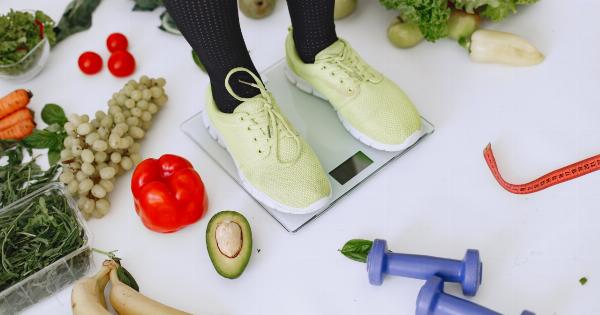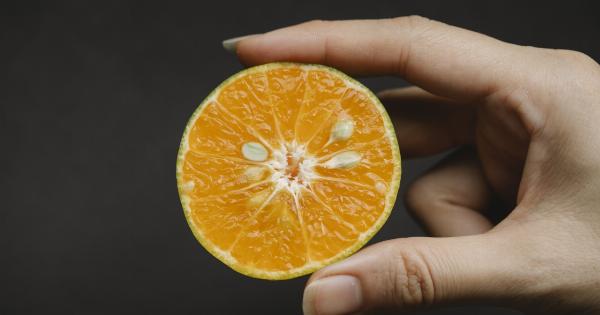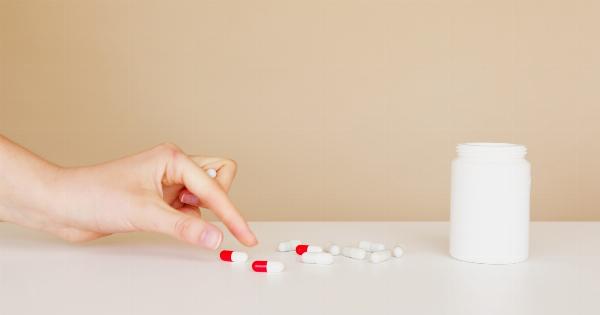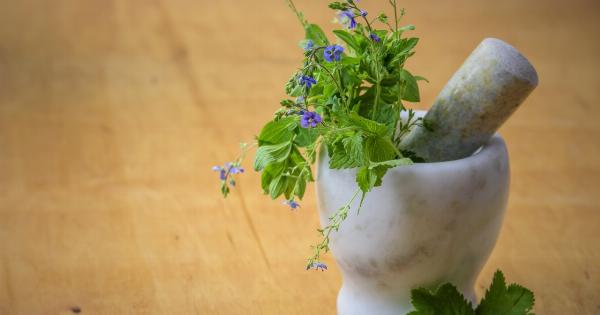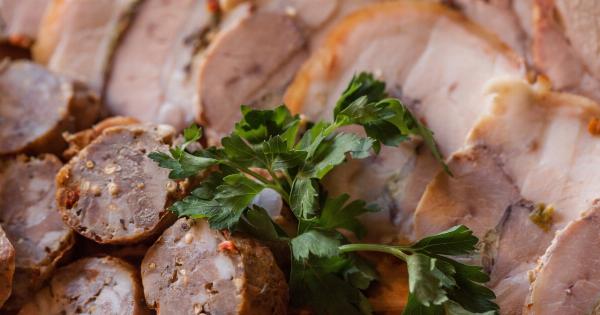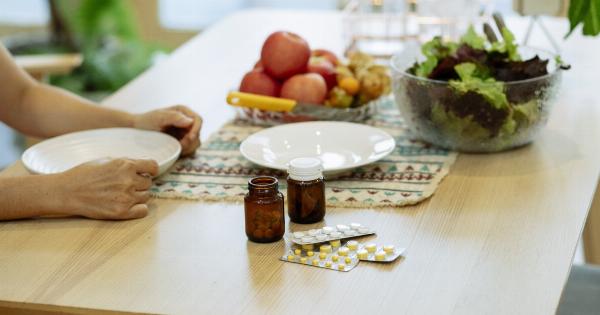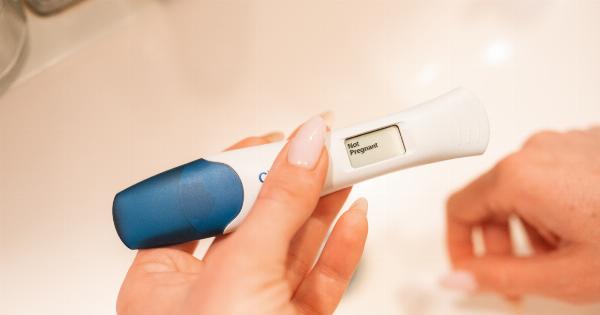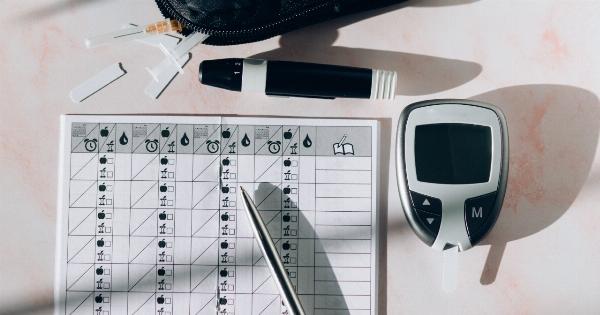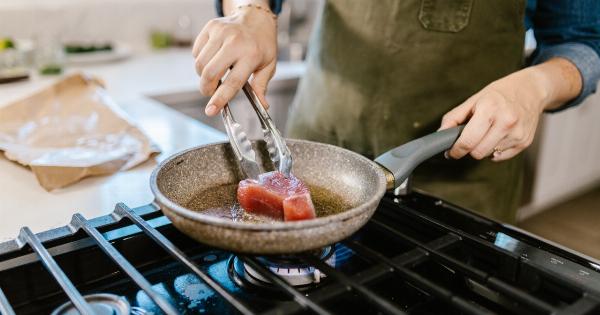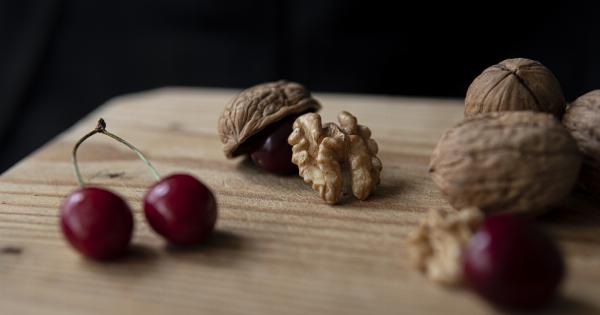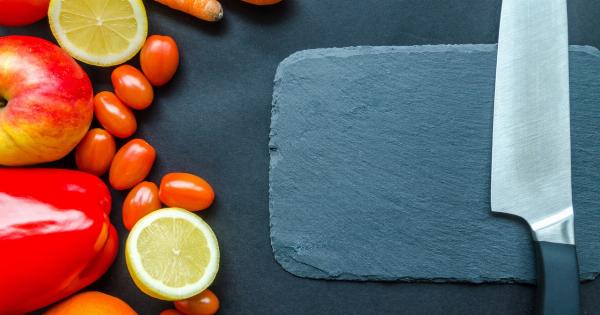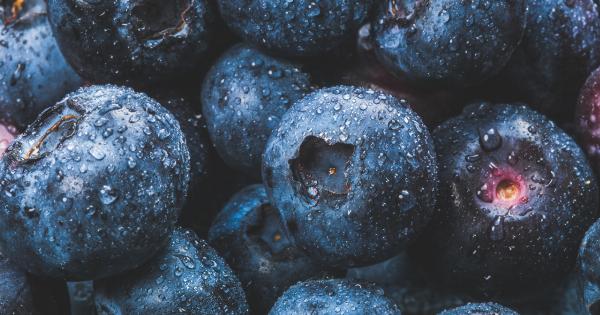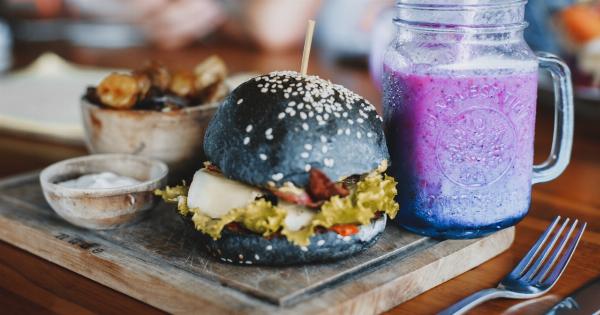Honey has been used as a natural sweetener for centuries. It has also been used for its medicinal properties.
In traditional medicine, honey has been used to treat various ailments, including anemia, a condition characterized by the lack of enough healthy red blood cells to carry oxygen to the body’s tissues. This article will delve into how honey can help fight iron deficiency anemia, a type of anemia caused by inadequate iron consumption in the body.
What is Iron Deficiency Anemia?
Iron is an essential mineral that helps in the production of hemoglobin, a substance found in red blood cells that carries oxygen throughout the body.
Iron deficiency anemia occurs when there is a lack of enough iron in the body, leading to a reduction in the production of hemoglobin. This deficiency can be caused by many factors, including a lack of iron in the diet or the body’s inability to absorb iron.
The symptoms of iron deficiency anemia include fatigue, weakness, shortness of breath, pale skin, and irregular heartbeats.
How Honey Can Help Fight Iron Deficiency Anemia
Honey can be an important player in fighting iron deficiency anemia. It contains many essential nutrients, including iron, copper, and manganese, which are necessary for the production of hemoglobin.
Honey can also help by improving the body’s absorption of iron from the foods we consume, such as dark leafy greens, red meat, and beans.
Honey and the Absorption of Iron
The iron in foods such as spinach and beans is not easily absorbed by the body. The absorption of non-heme iron, which is found in these foods, can be improved when combined with substances that contain vitamin C or organic acids.
Honey is a food that is rich in organic acids, mainly gluconic acid. These acids can help increase the bioavailability of iron by reducing the pH in the gut, making it easier to absorb iron.
Honey as a Source of Iron
Honey contains iron, although the amount may vary depending on the type of honey. Darker honey, such as buckwheat honey, is known to contain more iron than lighter honey, such as clover honey.
Honey is a great alternative to refined sugar, especially for people with anemia, as it can provide a natural source of iron. Adding honey to your diet can help to increase the amount of iron in your body and reduce the risk of developing iron deficiency anemia.
Honey and Its Nutrients
Aside from iron, honey contains copper and manganese, both of which are important for the production of hemoglobin. Copper helps to metabolize iron, while manganese is necessary for the synthesis of hemoglobin.
Honey also contains other essential nutrients, such as potassium and magnesium, which are important for overall health.
How to Incorporate Honey into Your Diet to Fight Anemia
Here are some ways you can add honey to your diet to help fight iron deficiency anemia:.
- Spread honey on toast or whole-grain bread
- Add a tablespoon of honey to oatmeal
- Use honey to sweeten yogurt or smoothies
- Drizzle honey over roasted vegetables
- Use honey in salad dressings
- Replace sugar with honey in your baking
Conclusion
Honey is a delicious and nutritious food that can play a significant role in the fight against iron deficiency anemia.
Its high content of iron, copper, and manganese, as well as its ability to improve the absorption of iron from the foods we eat, make it a great addition to any diet. By incorporating honey into your diet, you can increase your iron intake and reduce the risk of developing iron deficiency anemia.



